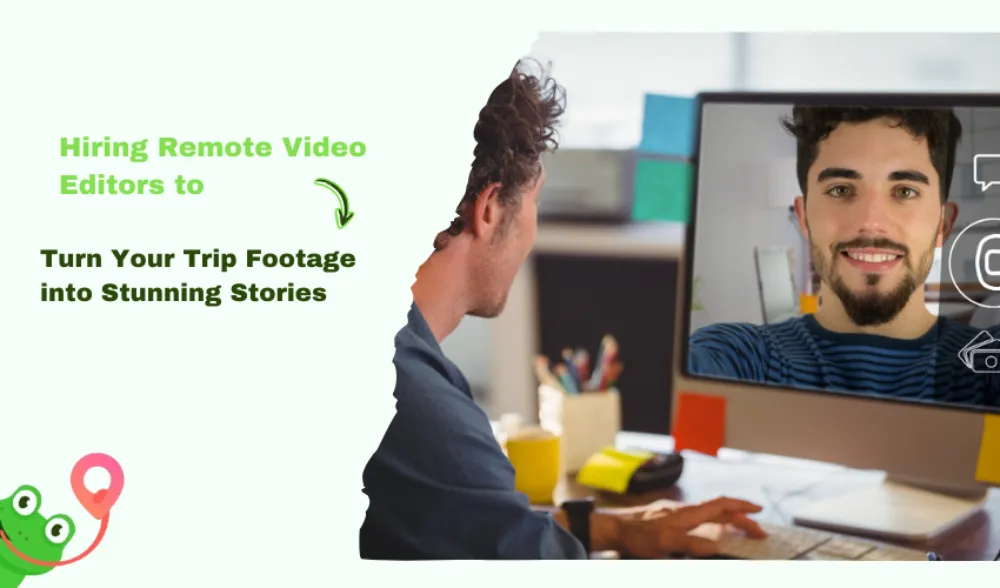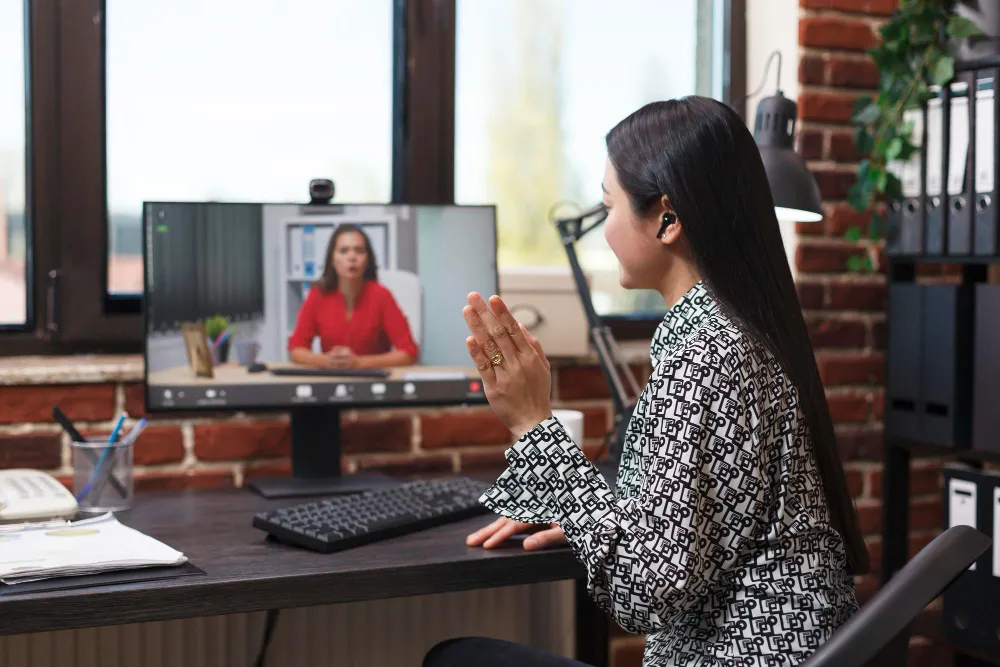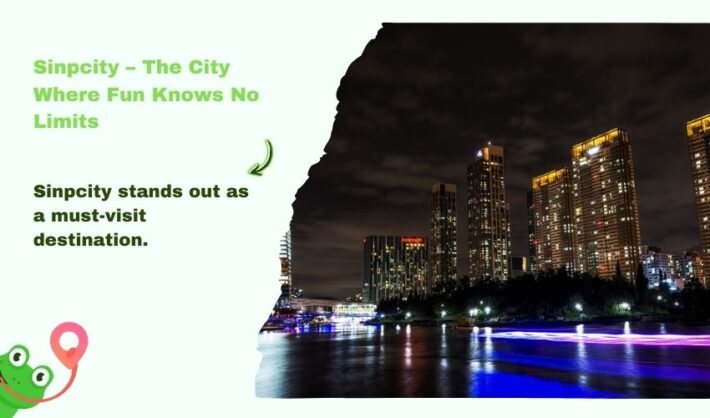Hiring Remote Video Editors to Turn Your Trip Footage into Stunning Stories

Travel is full of moments we want to relive again and again — hearing waves crash on a hidden beach, laughing with friends in a roadside café, or standing quietly on a mountain as dawn breaks.
But raw, unedited footage often fails to capture that magic. A shaky shot, muffled sound, or background noise can ruin the moment.
That’s why hiring a professional video interview software can make all the difference. It’s not just outsourcing technical work — it’s collaborating with someone who can breathe life into your journey. Thanks to modern collaboration tools, you don’t need to be in the same city or even the same continent. With the rise of video editor hire, creative talent is available anywhere on Earth.
Imagine uploading your Bali footage before bed and waking up in Paris to a fully polished, cinematic travel video. That’s the magic of remote hiring.
1. Top 5 Benefits of Hiring Video Editors Remotely

a. Cost-Effectiveness
In-house editors require salaries, benefits, and workstations. Remote editors work from home, cutting overhead costs. Many teams now rely on AI recruitment software to streamline how they find and vet remote talent, including video editors. Video editors for hire on freelance platforms range from affordable to premium, letting you choose someone who fits your budget without compromising quality.
b. Access to International Top Talent
Your editor doesn’t have to live nearby. You could collaborate with a documentary specialist from South America, a social media reel expert from Europe, or a cinematic storyteller from Asia. These diverse cultural perspectives add depth and richness to your travel content.
c. Flexibility & Quick Turnaround
Time zones can be a challenge — or an advantage. Your footage can be edited while you sleep, giving quick turnaround for travel vloggers and businesses that need fast delivery.
d. Specialization in Travel Content
Travel editing goes beyond trimming footage. It’s about balancing scenic shots with people-focused moments and cultural highlights. Many remote editors have worked on tourism campaigns and travel vlogs, giving them the skills to tell destination-based stories effectively.
2. Where to Find Skilled Editors

a. Freelance Platforms
Search video editors for hire on platforms like Upwork or Fiverr. Browse portfolios, ratings, and reviews. Some editors specialize in travel while others offer diverse editing styles that might fit your vision.
b. Creative Agencies Specializing in Travel Media
Some agencies focus on travel and adventure projects, offering everything from basic editing to advanced motion graphics, color grading, and cohesive branding.
c. Networking & Social Media
Use LinkedIn groups, or even create a well-crafted LinkedIn post to attract editors. You can also explore Facebook filmmaker communities, or Instagram hashtags like #travelvideoeditor and #remotework to find talent. Many editors showcase their work on YouTube and Vimeo.
3. Key Skills to Look For
a. Storytelling Ability
The best travel videos transport viewers into the journey. Your editor should sequence clips into a narrative — not just string together random highlights.
b. Technical Mastery
They should be proficient in Adobe Premiere Pro, Final Cut Pro, or DaVinci Resolve. Skills in frame rates, transitions, and pacing are essential.
c. Color Grading & Audio Work
Travel videos often have inconsistent lighting. A skilled editor can match tones through color correction and enhance audio for a professional finish.
d. Specialization in Travel Content
Editors with travel experience understand pacing, mood, and destination storytelling in ways general editors may not.
4. Collaboration Tip

a. Cloud Storage & File-Sharing Tools
For large files, use Google Drive, Dropbox, or WeTransfer. For professional feedback cycles, try Frame.io or Vimeo Review.
b. Set Clear Project Guidelines
Define your desired style, length, music choices, and brand aesthetics before hiring. Share examples to give your editor a clear creative direction.
c. Maintain Open Communication
Schedule regular check-ins via Zoom or messaging apps. Encourage your editor to suggest creative techniques you might not have considered.
d. Consider Time Zones & Workflows
Agree on delivery times and response hours to avoid delays due to time differences.
5. Cost Overview

a. Hourly vs. Project-Based Pricing
Remote editors may charge hourly ($20–$100+) or per project. A 2-minute highlight reel might cost $150, while cinematic productions can run into the thousands.
b. Factors Affecting Pricing
- Video Duration – Short reels cost less than long-form travel documentaries.
- Editing Complexity – Animations, drone integration, and multiple revisions raise costs.
- Rush Fees – Faster delivery often means higher rates.
- Experience Level – Established editors with strong portfolios charge more.
6. Maximizing Your Trip Footage
a. Shoot with Editing in Mind
Capture establishing shots, transitions, and B-roll to give your editor flexibility.
b. Categorize and Tag Your Clips
Group files by location or activity. Avoid sending hundreds of unnamed clips — organization saves editing time.
c. Provide Context and Creative Notes
Tell your editor the backstory behind each clip. Emotional or cultural details help shape the narrative.
d. Keep Raw Quality High
Film at the highest resolution your gear allows. High-quality footage gives editors more flexibility for cropping, color grading, and stabilization.
Conclusion
Hiring a remote video editor isn’t just convenient — it’s a creative partnership. They can transform scattered footage into a polished story that immerses viewers in your journey.
By tapping into the global network of video editors for hire, you gain access to specialized skills, cultural diversity, and budget-friendly solutions — without sacrificing quality.
So next time you return from a trip with hours of raw footage, don’t let it sit on your hard drive. Team up with a remote video editor and let your adventures come alive on screen.




